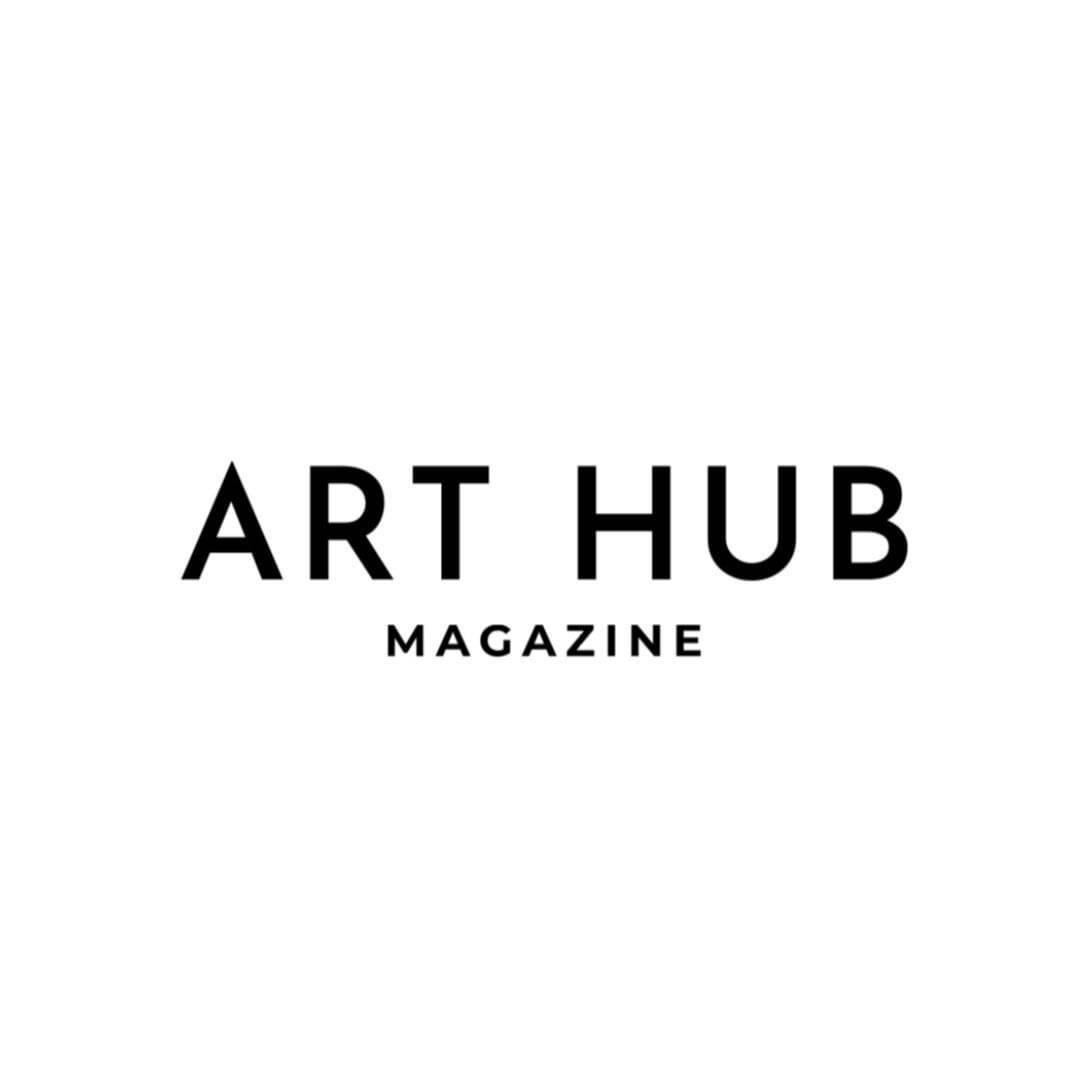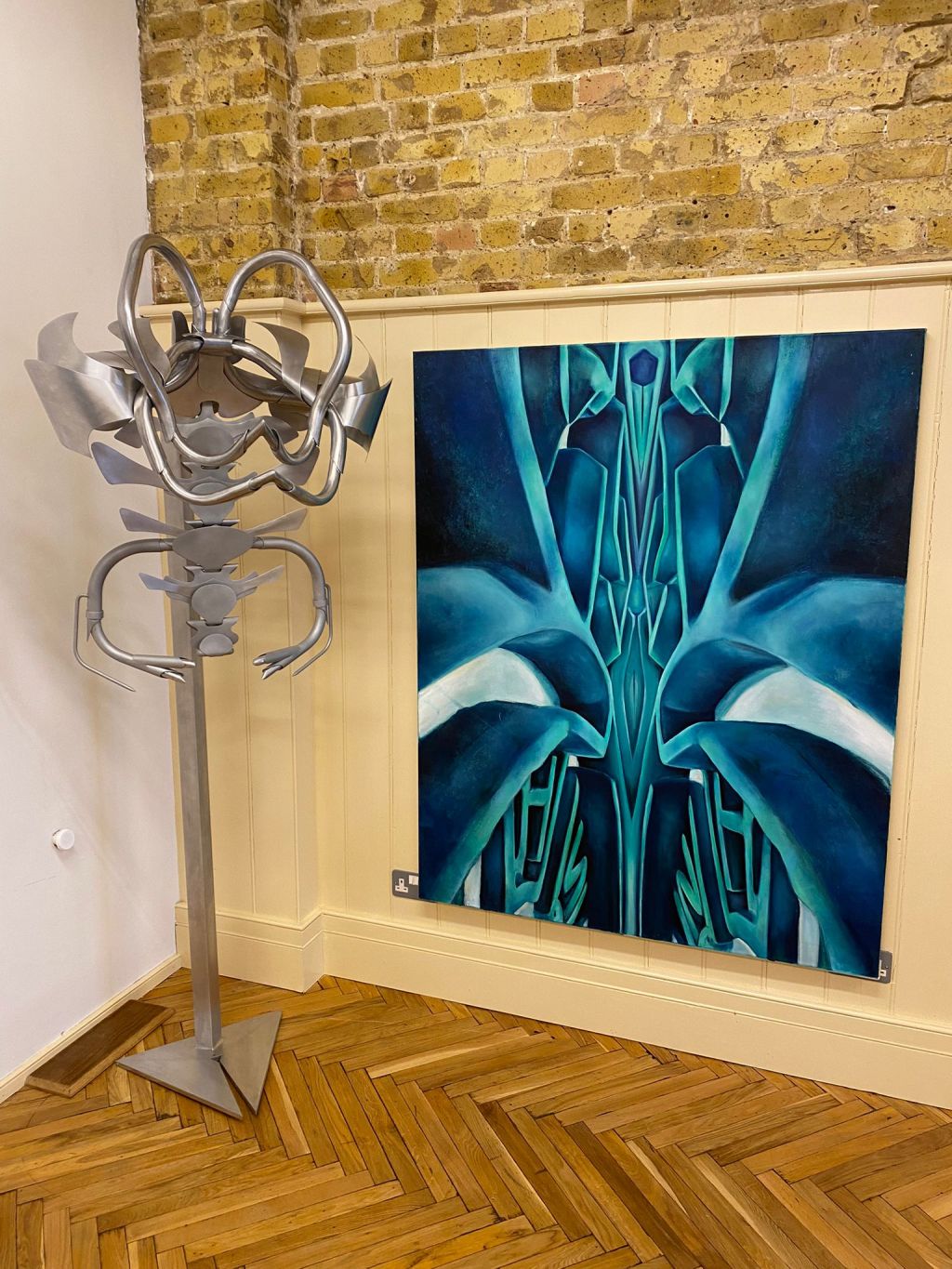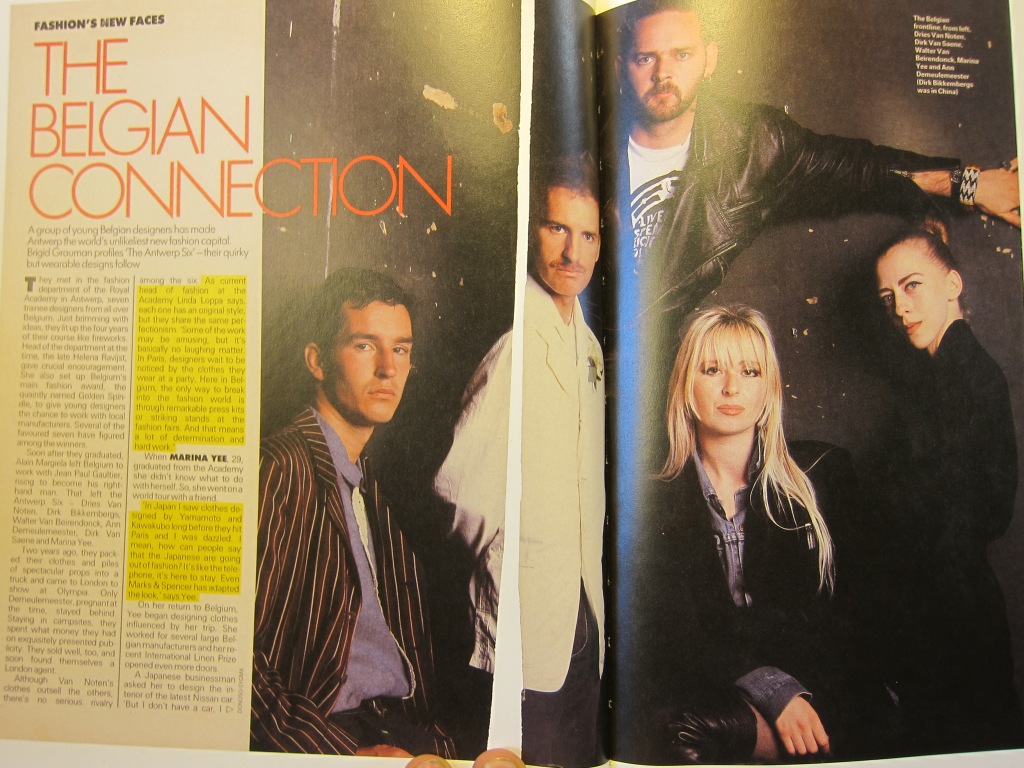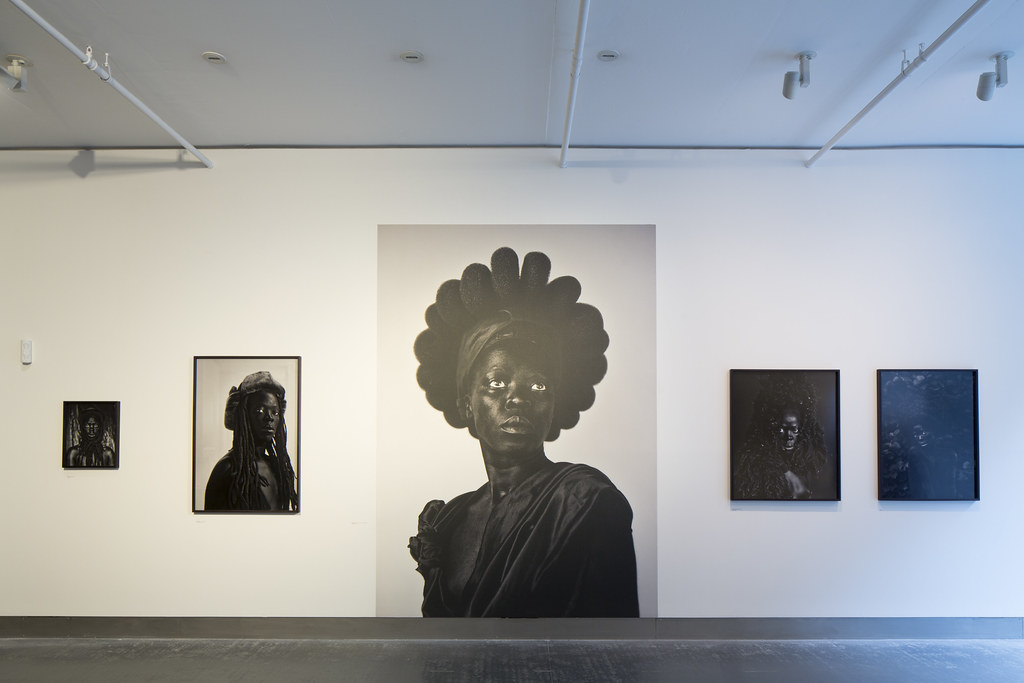Ali Warren, a diverse artist, draws inspiration from a rich artistic background and a love for the aesthetics of the 1970s and 80s. Guided by mentors to embrace imperfections and keen observations, Ali’s artwork beautifully reflects personal experiences, especially the deep connection with their children. Balancing a nursing career with art, Ali’s dedication to portraying emotions and the human experience shines through, influenced by painters like Jenny Saville and Lucian Freud.

Can you describe your artistic journey and how it evolved from a young age, particularly your early experiences in drawing family portraits at the age of 10?
I was surrounded by artists growing up. My mother was a professional stained glass artist and sculptor and my grandfather was a portrait artist. My parents divorced when I was young and my mother’s boyfriend was an incredible sculptor. He and my mom taught me to trust myself. I remember him saying to me, “You must draw what you see and not what you think you see. Break the figure down into a series of shapes.”


How did your academic studies at UC Santa Cruz, Prescott College, and Sacramento State University influence or shape your artistic perspective and approach?
I wasn’t ready to embark on my artistic path when I was in college. The academia I studied at UCSC shaped me into the curious and educated woman I am today. I studied Wilderness Leadership at Prescott college. I spent years rock climbing which led me to meet my ex husband who I had my two children with. My daughters are the main characters in my paintings. Sacramento State was a means to an end to get my nursing license. Being able to work as a nurse has allowed me the creative freedom to paint without the stress of it needing to be my financial security. Painting is all about risk. I didn’t want my security tied to it because I wanted to paint with abandon.

Could you share your experiences and insights from attending the International School of Art in Italy, and how it impacted your artistic techniques and style?
The International School of Art was a way for me to get painting skills and training without having to get a masters degree in fine art. I knew I wanted to paint better but did not want to teach. At the International School of Art I was able to study with Yale University graduate teachers and masters from the Chicago Art Institute. It was actually a brutal experience because the teachers were rough but I learned the foundations of painting there.

You mentioned a fascination with “history painting” and the influence of Flemish painters from the 15th century. How do these inspirations manifest in your work, and what elements do you incorporate into your artistic pieces?
History painting fascinates me because it is the tradition of depicting daily life scenes in a large format painting. It usually contains figures and their interaction with the world at large. I have always been drawn to depicting people within a room. I have a great need to understand how a figure interacts with their surroundings and how those surroundings represent the present time. From a style perspective, I am turned on by artists such as Damien Loeb and Lisa Yuskavage who have used coloring and references from the 1970’s and 80’s. I grew up during that time so I have a deep need to reconnect with the lighting and colors of that period. Flemish painters were very accurate and almost photo realistic in their depiction of the figure. I love Jan Van Eyck’s work because his figures were a balance of fleshy and delicate.

Your recent focus on portraying your children in your artwork is intriguing. How does this personal connection influence your creative process and the themes you explore in your art?
Painting a person is very personal for me. I dive very deep into their physicality. My kids are so familiar to me. My love for them makes me want to paint them to immortalize them. The time we have to be alive is very measured. Watching them grow and change is extremely nostalgic for me. It’s like trying to grip slipping sand. Maybe if I paint them I can beat the sands of time.
You mentioned that completing a painting is like a “road map to mistakes unearthed.” Could you elaborate on how self-critique and self-acceptance play a role in your artistic process, and how this duality fuels your ongoing interest in painting?
I am extremely hard on myself. But as long as that self critique drives me to get better then it’s ok. It can lead to depression if I let it go too deep. But my family and friends are amazing at getting me back on my feet. I used to be a perfectionist. I was wow’d by photorealistic paintings. I find them boring now. I’ve grown to understand that mistakes are where the magic is. Look at Picasso in all his brave and arrogant mistake making. He simply gave himself permission. I’m welcoming that into my practice.

How do you balance the demands of a nursing career with your passion for art? How does your nursing background influence your artistic perspective or approach, if at all?
It’s very hard to balance my two careers and be a single mom. I attend constant trainings to stay at the top of my game as an emergency room nurse. But my nursing gives me perspective on my art. Art is not saving lives but art does give meaning to our lives. Painting reflects the emotions of the human experience. Seeing people in pain and on their deathbeds feeds my commitment to portray all the feelings in my paintings. It helps me be brave.

Can you walk us through a typical working day in your studio? How do you organize and structure your day to bring your art to life?
I find I need to just enter the studio without getting caught up with emailing and bill paying. If I can paint first, before all else, I am happy. I frequently wake up at 4:00 am with no alarm. My studio is at the back of my garage. I am in sweatpants and my hair is a mess but I get my best work done early. I pull my pallet out of my freezer (keeps the paints fresh), look at reference photos for ten minutes and then just get down to it. I hate mixing paint. I have about 8 colors I mix that range from bluish dark brown to purple to light pink and peach. I stop painting to help my kids get to school, go for a run and then I’m back at it for a few more hours. I only work for a few hours at a time as it takes deep focus and I find I need breaks. I work my nursing job when my kids are with their dad. My days with my kids are my happiest because of being with them and painting a lot.


Are there any specific historical or contemporary artists whose work you are particularly drawn to, or who you feel have a notable influence on your evolving artistic style?
Of course… Jenny Saville, Lucian Freud, Balthus, Paula Rego, Costa Gorelov and Sphephelo Mguni are some of my favorites. All are figure painters. They each have emotional and history painting aspects to their work. They are utterly inspiring to me.
And the last question, can you share any upcoming projects, exhibitions, or future plans for your art that you’re excited about? How do you envision your art evolving in the coming years?
I am currently in a group show in Oslo, Norway with Galleri Ramfjord. I have won a prize in their art competition and I’m flying there next week for the ceremony. I have another group show with them in November. I will also be showing my work with a small gallery in Petaluma, California in the Spring. I would like to find representation in New York and LA. Being a part of some of the prominent art fairs like Venice Biennale is a big dream of mine. Continuing to have my work shown internationally is really special because I love to travel and see art from all around the world. I would love to paint bigger; very large canvases with very large figures.






